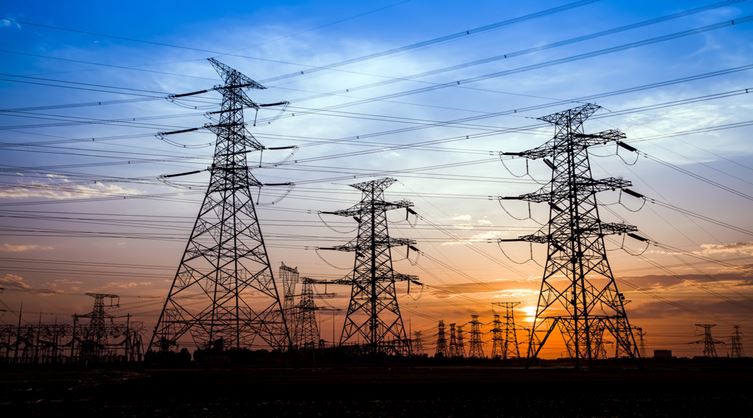Power utilities facing headwinds owing to modest tariff hikes
By EPR Magazine Editorial June 20, 2022 6:15 pm IST
By EPR Magazine Editorial June 20, 2022 6:15 pm IST

Outlook for the power distribution segment remains Negative amid the continued operating inefficiencies and large gap between tariff and cost of supply
The tariff-determination process for state distribution utilities (DISCOM’s) remains sluggish, with tariff petitions for FY2023 being filed by 24 out of 29 states and tariff orders being issued only for 18 states. The median tariff hike approved for FY2023 is higher at 2.2 percent compared to 0.6 percent for FY2022. However, it remains modest and much lower than the median tariff hike of 8.2 percent sought by state DISCOMs in their petitions. The filing of tariff petitions and subsequent issuance of tariff orders by the state electricity regulatory commissions (SERCs) has been delayed over the years. Moreover, the tariff hikes approved by the SERCs over the past five years have been low despite the rising cost structure for the DISCOM’s.
Commenting on the tariff revision trends, Girishkumar Kadam, Senior Vice President & Co-Group Head – Corporate ratings, ICRA, said: “While the median tariff hike is higher in FY2023 compared to the past two years, this is likely to remain inadequate considering the expected increase in the power purchase cost (PPC) for the DISCOM’s in FY2023 amid the rising dependency on costlier imported coal owing to the tight domestic coal supply position and elevated international coal prices. Further, the subsidy dependence for state DISCOM’s is estimated to increase by 13 percent to ₹ 1.48 trillion in FY2023 over FY2022, owing to an increase in the cost of supply and continued free power supply to the agriculture segment across key states. This, in turn, exposes the DISCOM’s to the timely release of subsidy payments by the state governments.”
Based on the advisory from the Ministry of Power, the public-sector lenders are adopting additional prudential norms for sanctioning working capital debt to state power utilities. These norms include timely filing and issuance of tariff orders with full cost recovery, timely subsidy release and adherence to AT&C loss reduction trajectory and the tariff & cost of supply gap reduction trajectory. This is constraining the DISCOM’s ability to secure working capital funding. The gross debt for state-owned DISCOM’s has increased to ₹ 5.5 trillion as of March 2021 and is likely to have reached ₹ 6 trillion in FY2022, with the loans drawn down under the liquidity package. This apart, the dues to power generators remain high at ₹ 1.3 trillion as of May 2022.
, Vikram V, Vice President & Sector Head – Corporate ratings, ICRA, said: “The implementation of the installment scheme would improve the cash flow visibility for the power generating companies. However, a longer installment cycle of 36-48 months would keep the working capital cost elevated for the generating companies. Moreover, the timely payment of these installments by the DISCOM’s remains linked with the improvement in their financial position, which in turn hinges on efficiency improvement measures like smart metering, timely tariff revisions and a mechanism to ensure timely electricity bill payments by Government bodies & subsidy payments from Governments.”For FY2021, the actual distribution losses averaged around ~16.9% against the average approved level of 14.7 percent for the 15 major states analysed by ICRA. The Government of India in July 2021 notified the Revamped Distribution Sector Scheme (RDSS) with the objective of reducing the AT&C losses to 12-15 percent at a Pan-India level by FY2025 along with the reduction in the gap between the cost of supply and tariff. As of April 2022, the Government of India has approved proposals of 13 states under this scheme with a financial outlay of ₹ 1.62 trillion. The timely implementation of the projects under the scheme including the smart metering programme remains key to improving the DISCOM efficiencies.
ICRA’s outlook for state-owned distribution utilities remains negative, due to the continued weak financial position led by inadequate tariffs, higher than allowed distribution loss levels and inadequate subsidy payments. The modest tariff hikes and increase in the cost of supply amid the higher share of coal imports is likely to keep the cash gap per unit for DISCOM’s high at 68 paise per unit in FY2023 at the all India level. Nonetheless, the credit profile of privately owned distribution utilities remains supported by operational strengths arising from the demographic profile, operational efficiencies, tariff adequacy and presence of a strong sponsor.
We use cookies to personalize your experience. By continuing to visit this website you agree to our Terms & Conditions, Privacy Policy and Cookie Policy.